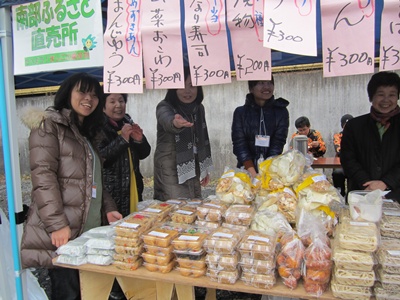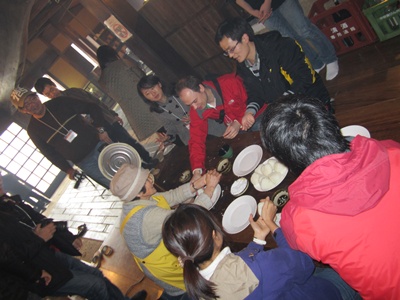The International Red-White Singing Festival
- 2013/04/06 21:12

The International Red-White Singing Festival
―Japanese sing in foreign language , Non-Japanese sing in Japanese to show the respect for different culture.
YOU CAN GET TRASLATION FOR 14 LANGUAGES
.png)
.jpg)
2011 1st Contest https://www.yokosojapan.net/article.php/red-whitesinging_feature_en
THE 4nd INTERNATIONAL RED-WHITE SINGING Festival
Saturday 22nd NOV. 2014 OSAKA May theater
Saturday 29th NOV. 2014 TOKYO National Olympic center
Performers from ALL OVER THE WORLD and Volunteers are wanted!!
.jpg)
.jpg)

OSAKA
《Date》Saturday 31th August 2013 14:00-18:30 (13:30 open )
《Place》 Osaka International House Large Hall
2-6 Uehommachi 8-chome, Tennoji-ku, Osaka 543-0001
Tel: 06-6773-8989 Open:9:00 ~ 17:30
http://www.ih-osaka.or.jp/english/access/
TOKYO
《Date》Sunday 15th September 2013 17:00-21:30 (16:30 open )
《Place》 National Olympics Memorial Youth Center (NYC) Large Hall
3-1. Yoyogi Kamizono-cho, Shibuya-ku, Tokyo 151-0052 TEL. +81-3-3469-2525
http://nyc.niye.go.jp/e/index.html
《PRESENTED BY》 The ccommittee for INTERNATIONAL RED-WHITE SINGING CONTEST
《AUTHORIZED》 Japan Tourism Agency .gif) Wakayama Broadcasting and more
Wakayama Broadcasting and more
This event aims for better understanding among all nationalities living in Japan by singing Japanese sing in foreign language and Non-japanese sing in Japanese.Let's enjoy singing and dancing with all performers.
Many of Non-japanese residents and International students in Japan are struggling to brighten up Japanese society with their efforts. INTERNATIONAL RED-WHITE SINGING FESTIVAL aims for new type of event which Non-japanese and Japanese help each other to organize. We hope Japan would be better place to live for Japanese and also Non-Japanese residents who are the contributors for Japanese society.
organized by:multicultural exchange magazine 『globalcommunity』、『shimto』『月刊留学生』『日本僑報社』『hiraganatimes』、『immigrants』・Fukushima media village・NEWCOM CO LTD,and other foreign media in JAPAN
NPO在日外国人情報センター NPO多文化家庭支援センター・日中児童交流協会・ガルーダサポーターズ・山元学校・財団法人アジア会館・国書日本語学校・㈱言語サービス・各国留学生会・国際協力団体・NPO・NGO・一般企業など多数(予定含む。)



Performers from ALL OVER THE WORLD
Volunteers are wanted!!

send information below as soon as possible
①A Place OSAKA or TOKYO
①Name/Nationality/Mother Tongue/ student or non-student
②type of volunteers
③number of volunteers
④e-mail address
⑤mobile phone nomber
⑥your selling points
to The ccommittee for INTERNATIONAL RED-WHITE SINGING FESTIVAL
Kazumi Miyazaki
070-5653-1493 globalcommunity21@gmail.com
to reserve the tickets for TOKYO 15th SEPTEMBER
http://red-whitetokyo.peatix.com/view
to reserve the tickets for OSAKA 31st AUGUST
&http://red-whiteosaka.peatix.com









